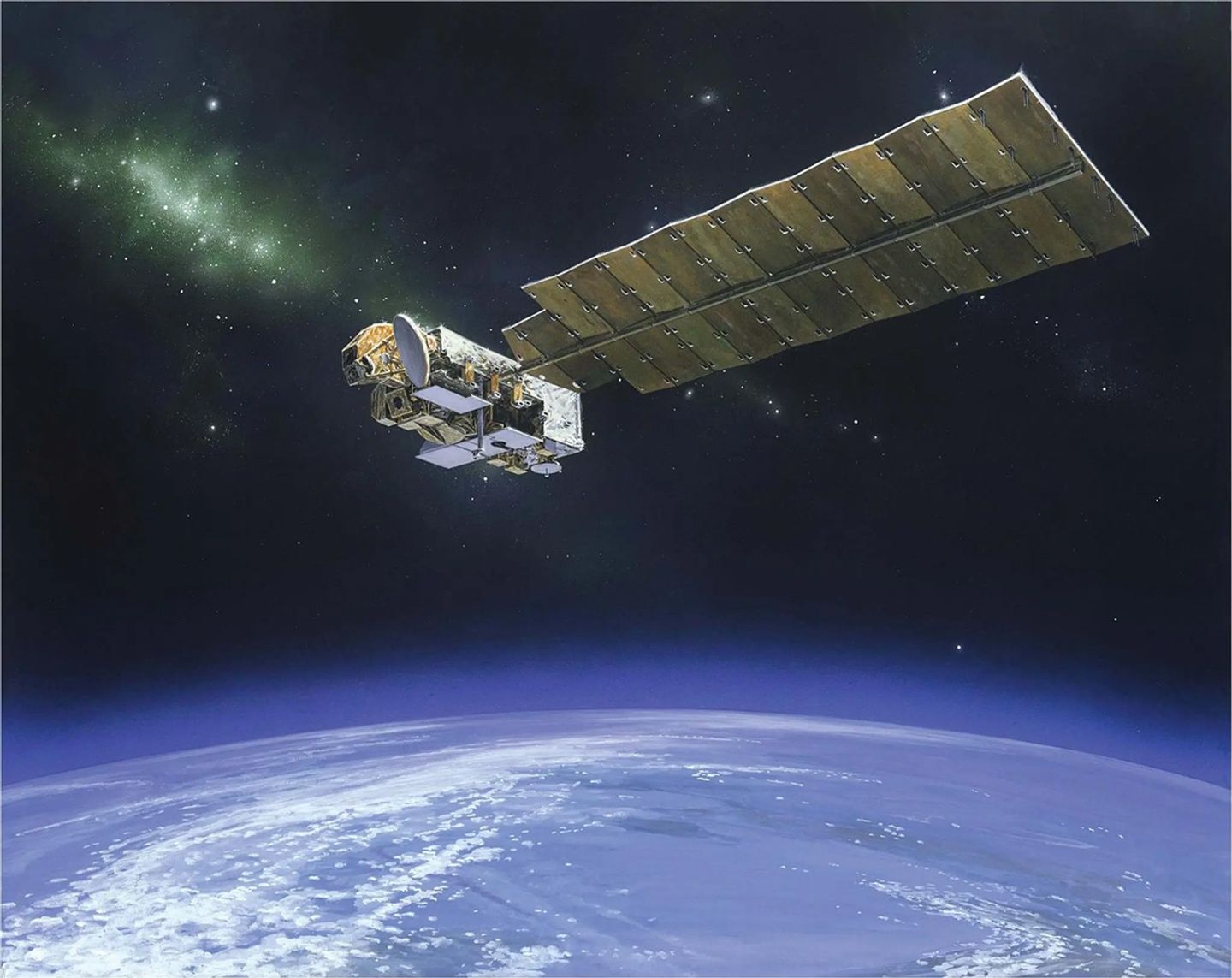Megacity Measurements Identify Large Biomass Burning Contribution to Urban Pollution
The suite of Tropospheric Emission Spectrometer (TES) observations allows quantification of the impact of seasonal biomass burning pollution on the already poor air quality of the world's megacities.
TES megacity measurements show peak ozone levels during biomass burning season in Mexico City, Mexico and Lagos, Nigeria. Concomitant biomass burning products (TES carbon monoxide, methanol, formic acid, ammonia) and smoke (from MODIS aerosol optical depth) suggest that nearby fires contribute significantly to urban ozone.
Lagos carbon monoxide, formic acid, and ammonia have higher peak values than Mexico City, but ozone is lower. These differences in chemical regime are being investigated.
Methanol and formic acid are more variable in Lagos than Mexico City, likely due to large sources of volatile organic compounds associated with oil and gas extraction in the region (Marais et al., 2014).
Mexico City
Lagos
TES
Aura’s Tropospheric Emission Spectrometer (TES) was the first instrument designed to monitor ozone in the lowest layers of the atmosphere directly from space. Its high-resolution observations led to new measurements…
Learn More




























